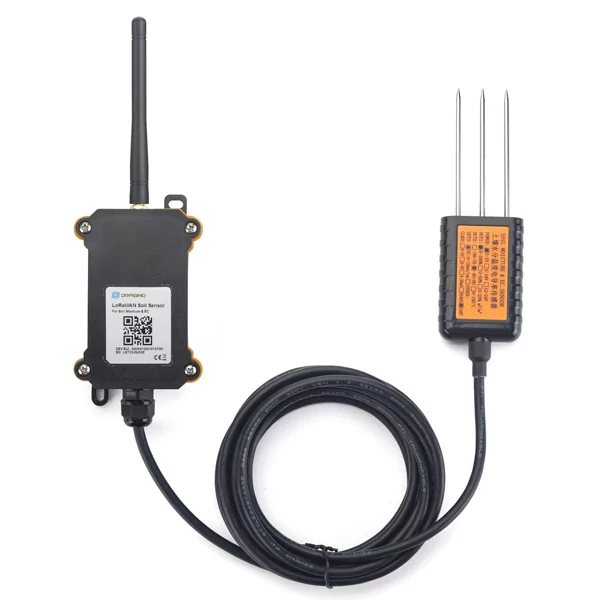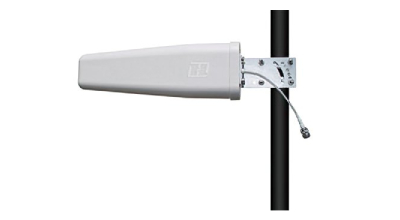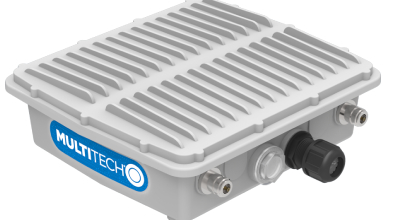
Class C LoRaWAN® End Devices Features and Functionality
LoRaWAN® (Long Range Wide Area Network) is a popular low-power, wide-area network (LPWAN) protocol designed to support the rapidly growing Internet of Things (IoT) ecosystem. It offers a secure, energy-efficient, and cost-effective solution for connecting a wide array of devices across large distances. LoRaWAN® classifies end devices into three categories: Class A, Class B, and Class C. This article will delve into the features and functionality of Class C LoRaWAN® end devices, their use cases, and benefits.
Class C LoRaWAN® End Devices: A Comprehensive Overview

Class C end devices are designed to support IoT applications that demand low-latency and consistent communication. Unlike Class A and B devices, which prioritize energy efficiency, Class C devices focus on achieving real-time data transfer and communication. This is made possible through their unique operational capabilities:
Continuous Receive Mode
Class C devices have an almost constant open receive window, allowing them to receive data from the network at any time. This continuous receive mode ensures that messages sent from the network server are promptly delivered, enabling real-time monitoring and control. The only time the receive window is closed is when the device is transmitting data.
Low Latency LoRaWAN
Class C devices are designed for applications where low latency communication is crucial. Their continuous receive mode ensures that data is transmitted and received with minimal delay, providing real-time feedback and control over devices.
Faster Communication

As Class C devices are not constrained by the duty cycle limitations imposed on Class A and B devices, they can transmit and receive data more frequently. This faster communication is essential for applications that require instant responsiveness and control.
Reduced Power Efficiency
Due to their continuous receive mode, Class C devices consume more energy than their Class A and B counterparts. Therefore, they may not be ideal for battery-powered or energy-sensitive applications.
Use Cases of Class C LoRaWAN® End Devices
The distinct features of Class C devices make them suitable for a variety of IoT applications that demand real-time communication and low latency, including:
Smart Grids and Energy Management
Class C devices enable real-time monitoring and control of energy consumption and distribution across smart grids, helping utilities to optimize their networks and reduce operational costs.
Industrial Automation and Control

In industrial settings, Class C devices can facilitate real-time monitoring and control of machinery, ensuring seamless operations and minimizing downtime.
Smart Cities
Class C devices can be used for real-time traffic monitoring and control, smart parking, and public transportation systems, making urban living more efficient and sustainable.
Security and Surveillance
Surveillance cameras and alarm systems can leverage Class C devices to deliver real-time alerts and video feeds, enhancing security for homes, businesses, and public spaces.
Benefits of Class C LoRaWAN® End Devices
Class C devices offer numerous advantages for IoT applications that require low latency and real-time communication, including:
- Real-time Monitoring and Control
The continuous receive mode of Class C devices allows for instant communication and control, providing real-time feedback for IoT applications.
- Enhanced Responsiveness
Class C devices enable faster communication compared to Class A and B devices, making them ideal for applications that demand immediate responsiveness.
- Scalability
LoRaWAN® technology supports a large number of devices, allowing for the seamless integration of Class C devices in large-scale IoT networks.
Conclusion
Class C LoRaWAN® end devices provide a valuable solution for IoT applications that require low latency and real-time communication. While they may not be the best choice for energy-sensitive applications, their unique features make them perfect for use cases such as smart grids


